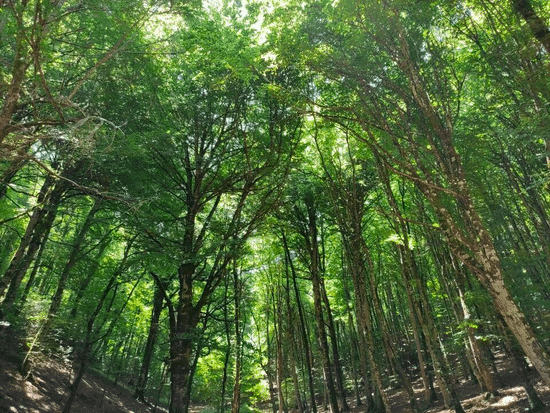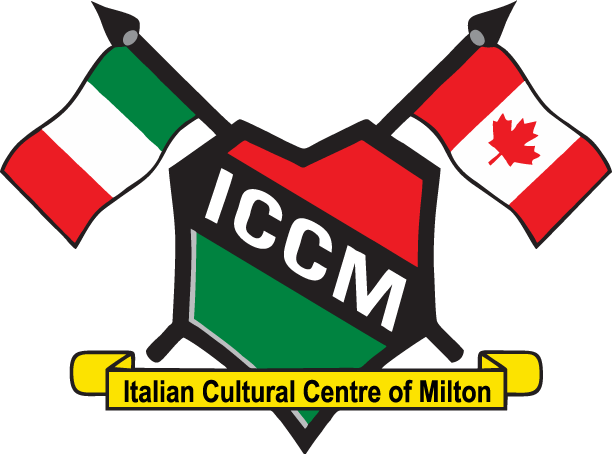Puglia
Puglia borders with the Adriatic Sea and the Ionian Sea. To the south it borders with the Gulf of Taranto and the Strait of Otranto. It contains 800 km. of coastline framing the peninsula with the Adriatic Sea. Puglia is easy to identify on the map of Italy, as it runs down the east coast of the country from the Gargano Peninsula all the way into the “heel of the boot”. Puglia is one of the largest and most populated of the 20 regions of Italy.
Ancient Greeks arrived in Puglia in the 8th century BC. There still exists a cluster of small towns in southern Puglia called the Grecia Salientian in which a dialect of Greek is spoken and still taught in schools.
More tourists are traveling to Puglia due to its dazzling beaches, beautiful countryside, excellent food and unique architecture; in particular the traditional circular trulli houses.
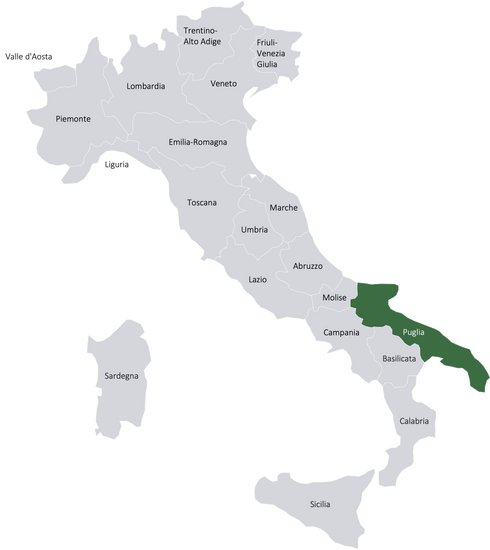
These cone-shaped stone buildings could be demolished with ease especially when taxes were to be collected. The keystone was removed and the houses ended up in piles of stones. Puglia has a fair amount of industry thanks to its olive groves. It produces over 40% of Italy’s olive oil and over 12% of the worlds.
Capital – Bari
Bari is located on Puglia’s east coast, northwest of Brindisi, and is major port of the Adriatic Sea. Bari has a large port that is used for connecting Italy with numerous destinations including Croatia, Greece, Montenegro, and Albania.
Bari holds a mix of old and modern charm. Many buildings in the city centre date back centuries including parts of the original medieval walls that once surrounded all of Bari. Famous in Bari is the Basilica di San Nicola (the Church of Saint Nicholas) or the Santa Claus church. The church was built in 1087 and it houses the remains of St. Nick in its crypt.
Foods of Puglia
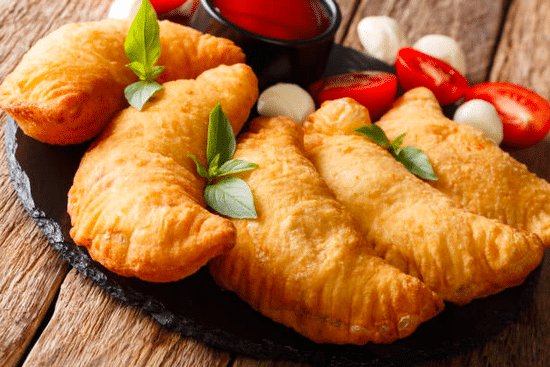
Panzerotti
A meaty sauce cooked very slowly and served over tagliatelle. Using beef, porkCrescent-shaped turnovers which resemble calzone pizzas. Panzerotti are deep fried and filled with tomatoes and mozzarella, pepperoni- provolone, spinach-ricotta, zucchini and more.
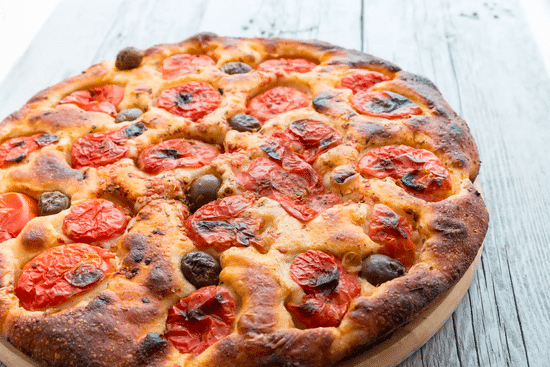
Focaccia Barese
A round focaccia made from yeasted dough, semolina, wheat flour, and mashed potatoes. It is usually topped with cherry tomatoes, olives, and sometimes various vegetables, coarse salt, or rosemary.

Orecchiette con Cime di Rapa
Orecchiette pasta mixed with broccoli rabe. A traditional rustic dish.
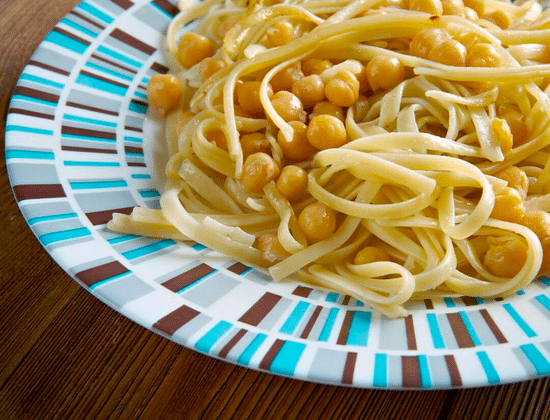
Ciceri e Tria
Pasta and chickpeas. An Apulian dish with Arabian and Sicilian origins.
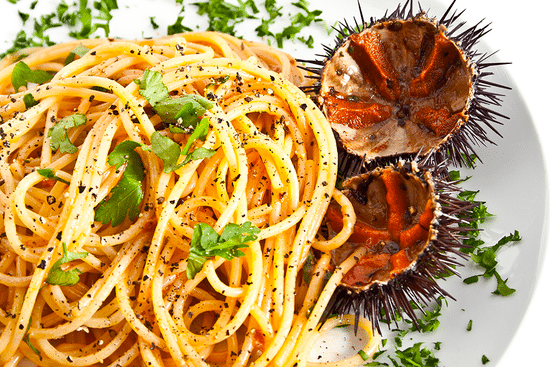
Spaghetti ai Ricci di Mare
Spaghetti pasta with sea urchins.
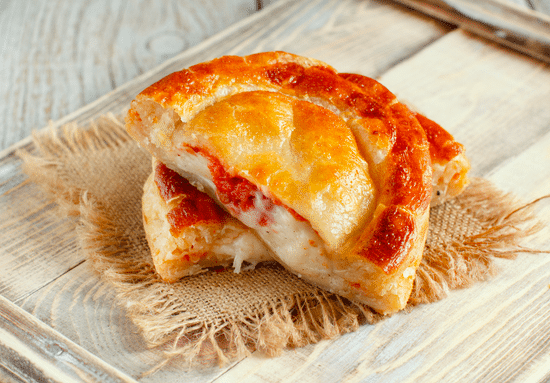
Rustico
A savory treat prepared with various fillings such as bechamel sauce, tomatoes and mozzarella cheese.

Friselle
A double-baked dry rusk made from semolina flour, yeast, water, and salt topped with fresh chopped tomatoes.
UNESCO World Heritage Sites in Puglia
Castel del Monte
Barletta-Andria-Trani
The octagonal castle was built by Emperor Frederick II in the 13th century. It blends northern European Cistercian Gothic, Muslim architecture, and elements from Classical antiquity in a perfectly symmetrical design.
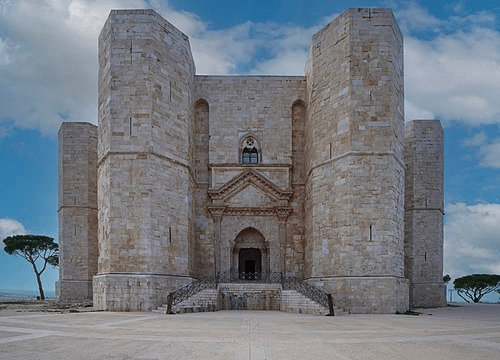
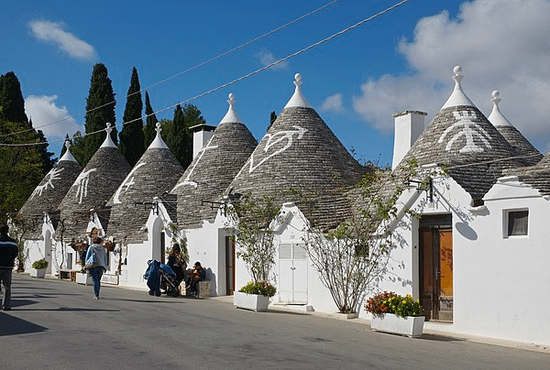
The Trulli of Alberobello
Bari
The Trulli are traditional limestone huts, typical of the Apulia region. They have been constructed at least since the mid-14th century in a prehistoric drywall technique, usually featuring conical, domed, or pyramidal roofs of corbelled stone slabs. The World Heritage Site lists the Trulli in the town of Alberobello, with over 1500 preserved structures.
Longobards in Italy
Places of the Power (568-774 A.D.)
This site comprises seven groups of monasteries, churches, and fortresses associated with the Longobards who ruled in Italy from the 6th to the 8th century. The arts and architecture reflect the synthesis of Roman, Christian, and Germanic influences. The monuments listed are located in Brescia, Cividale del Friuli (cathedral pictured), Castelseprio, Spoleto, Campello Sul Clitunno, Benevento, and Monte Sant’Angelo. Its architecture marks a synthesis of various styles and the transition to the Middle Ages.
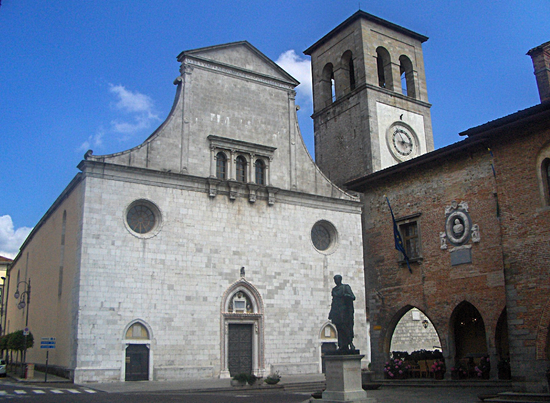
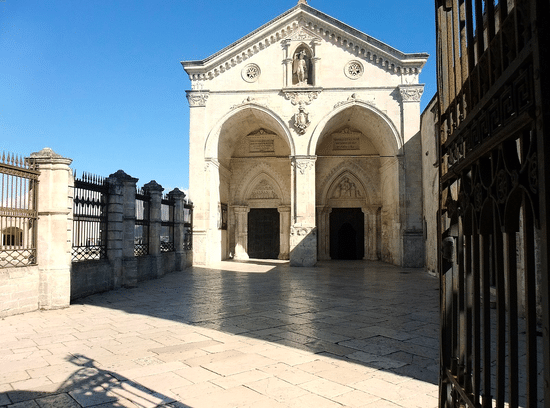
The Sanctuary of San Michele Arcangelo
The Sanctuary of San Michele Arcangelo is on the UNESCO World Heritage List and has welcomed uninterrupted pilgrimages from all over the world to Monte Sant’Angelo since the 5th century. It is one of the most famous places sacred to the Archangel in the world, set on the route of the ancient Via Sacra Langobardorum.
The Forest of Umbra Nature Reserve
The forest covers 10,000 hectares of beeches and ancient yews (even 2000 years old) and is divided into free access and restricted areas for the preservation of plants and animal species. The vegetation of the forest is subject to “macrosomatism” (here the plants grow larger than normal in search of light) and consequently, some animal species, such as the Italian fawn, have a smaller size than the average.
